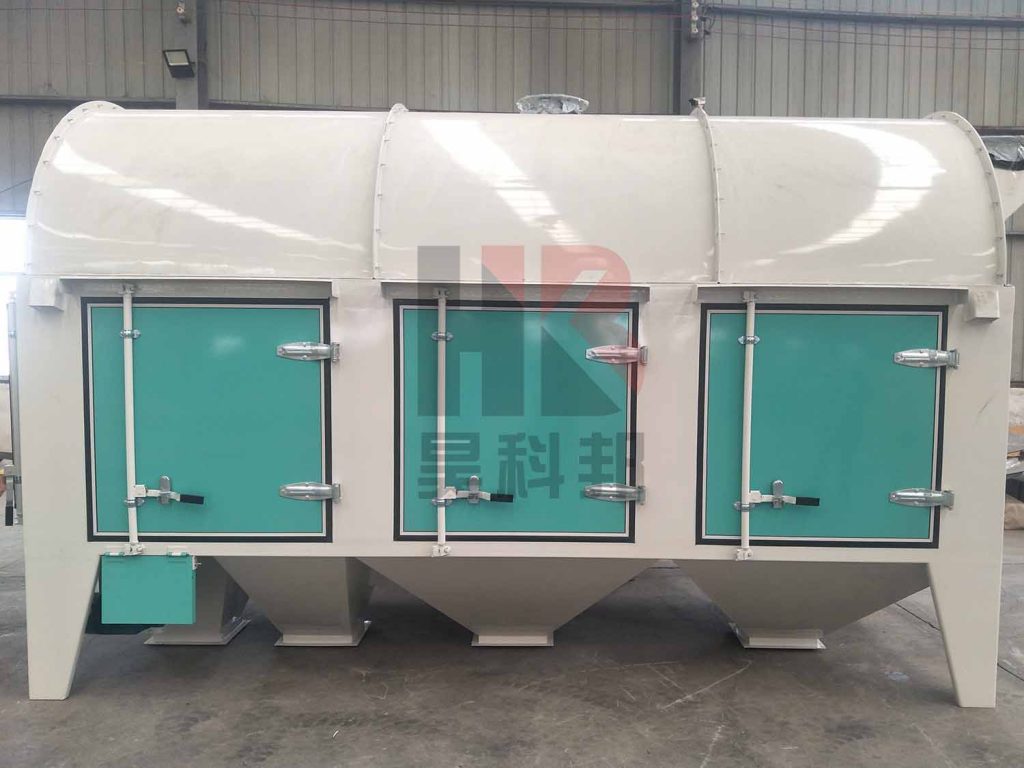In the grain storage field, the initial cleaning of grain is crucial, and the cylindrical initial cleaning sieve is the core equipment for this process. Understanding the basic principle of the cylindrical initial cleaning sieve helps us better recognize its key role in the grain handling process.

The cylindrical initial cleaning sieve is a device specifically designed for the preliminary cleaning of grain. Its unique cylindrical shape allows it to efficiently remove impurities during the pre-treatment of grain. The core function of the cylindrical initial cleaning sieve is to separate impurities from the grain through a series of physical actions, ensuring the quality of grain entering subsequent processes.
When grain is fed into the cylindrical initial cleaning sieve, the rotation of the cylinder causes the grain to tumble inside. At this point, gravity and centrifugal force begin to work together. Gravity allows the grain to fall naturally, while centrifugal force pushes the grain towards the cylinder wall. The combined effect of these two forces creates an orderly movement trajectory for the grain within the cylinder, creating conditions for the separation of impurities.
The cylinder wall is equipped with screen holes of specific sizes. During the tumbling of the grain, smaller impurities, under the influence of centrifugal force, more easily pass through these screen holes and are expelled from the cylinder. The design of the screen hole size is crucial as it determines the size of impurities that can pass through, ensuring that only impurities of the required size are screened out.
During the operation of the cylindrical initial cleaning sieve, aerodynamics also plays an important role. The airflow within the cylinder helps to separate lightweight impurities, such as dust and rice husk fragments, from the grain. These lightweight impurities are carried out of the cylinder by the airflow, further increasing the purity of the grain.